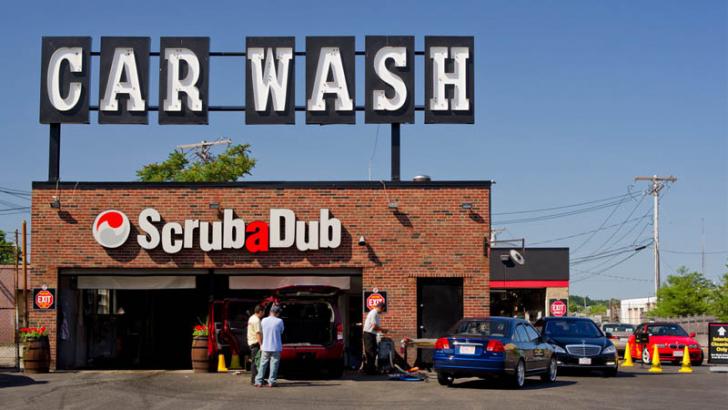Water is a basic need for our survival and hence it should be in our best interest to keep our water resources free from pollution.
Water pollution can be reduced from a personal level to national and international level. The crucial solutions to this problem ultimately come down to personal responsibility because every one of us is to be blamed for the pollution of water.
Measures of prevention and control are essential in improving the quality of water and reducing the costly treatment measures that are taken to treat water.
Because there are various sources of water pollution, a range of prevention and solutions are required.
Prevention measures and possible solutions of water pollution
Implement existing environmental laws
Water quality laws regulate the amount of water pollutants released into water and restrictions on the degradation of physical, biological and chemical properties of water resources. They can help in protecting aquatic ecosystems by imposing acceptable concentrations of pollutants and limiting discharges from certain sources.
Use fertilizers wisely and give preference to native plants
Natural fertilizers such as peat, compost, manure should be preferred while gardening and farming. Indigenous plants-that are native to your location-help in reducing water use and are economic as well.
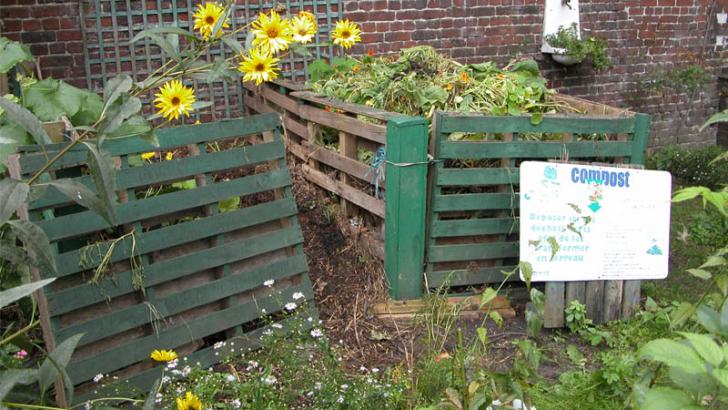
Proper use and dispose of chemicals
Chemicals from pesticides, fertilizers, cleaning products etc. reach groundwater with surface runoff. So these materials should never be dumped into sinks, drains and toilets. Use detergents with low or no phosphate because high phosphate content in lakes can harm fishes.
Control of sediments and erosion from construction sites
Erosion from construction sites can be maintained by mulching. It is a process of layering the surface of soil with a permanent or temporary material to improve soil quality. Sediment can be controlled by installing sediment basins that capture washed off soil and consequently prevent pollution of nearby water resources.
Control stormwater runoff
Stormwater runoff is created when water from rainfall and snow flow over ground and are not absorbed. As the stormwater runoff flows over impervious surfaces, it collects debris, sediments, chemicals and other pollutants which can have negative effects on the quality of water if the runoff is left untreated. Stormwater runoff can be controlled by applying management practices such as washing automobiles at car wash instead of streets, removing impervious surfaces such as cement around homes etc.
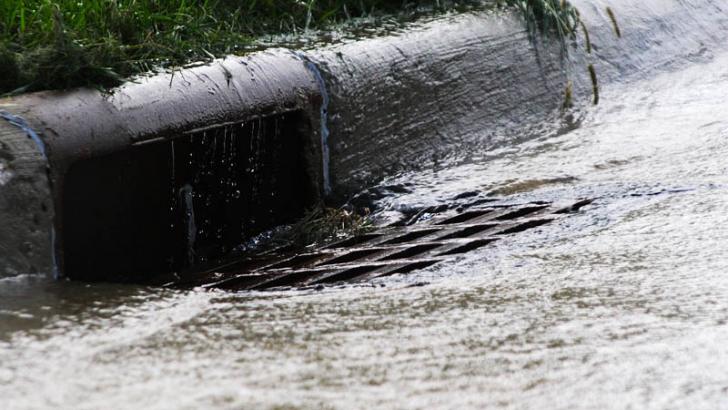
Personal level measures to control water pollution
- Reduce the waste of water by turning off taps immediately after use. This prevents shortages and helps in reducing the volume of polluted water to be treated.
- Properly dispose paints, chemicals, cleaning solvents, nail polishes and oils.
- Fix leaky faucets and shower heads to reduce water use.
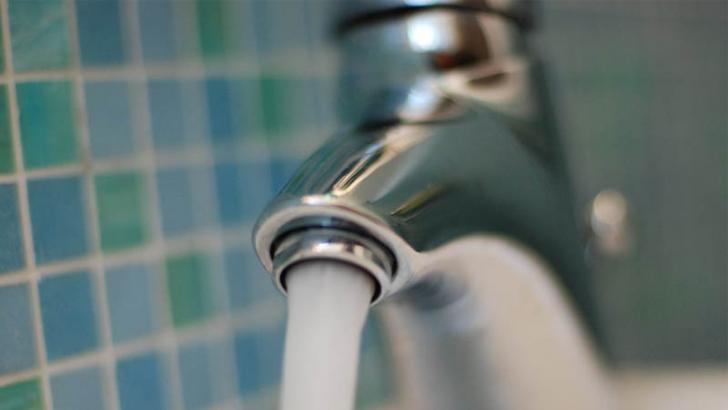
- Run washing machines and dishwashers when full, not before.
- Decrease water resistant surfaces such as cement around homes to reduce surface runoff. Vegetation, porous materials, gravel, wood decking etc. can be used instead of cement.
- With the help of community members, monitor and identify pollutants in your nearby water resources and help in cleanup programs.
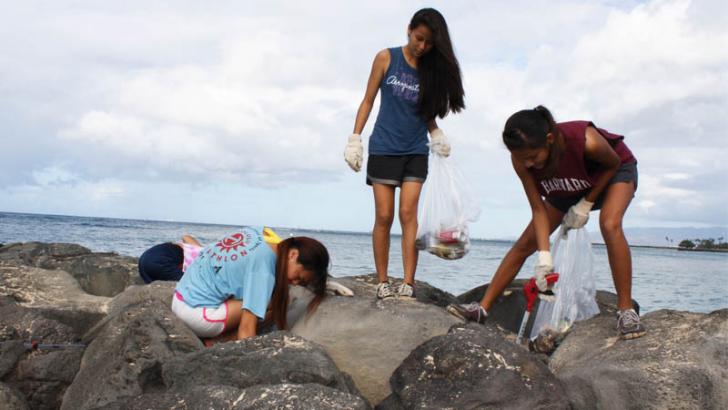
- Do not dispose non-degradable products such as plastic wrappers down the drain. They end up as litters on beach shores and impede sewage treatment process.
- Avoid flushing pills and liquid medications into the toilet.
- Avoid throwing garbage into lakes, rivers and streams and help in cleaning litter around water resources.
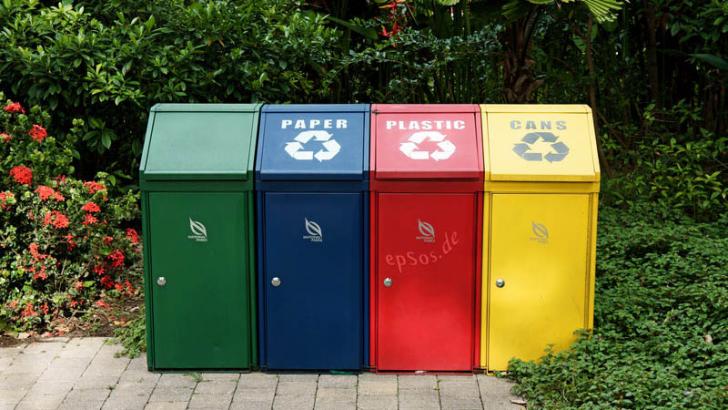
- Reduce the use of pesticides, fertilizers and other chemicals to maintain your garden.
- Wash your automobiles at carwashes instead of washing it yourself. The wastewater from these carwashes are drained into the sewer and treated which reduce the amount of pollutants in the water.
